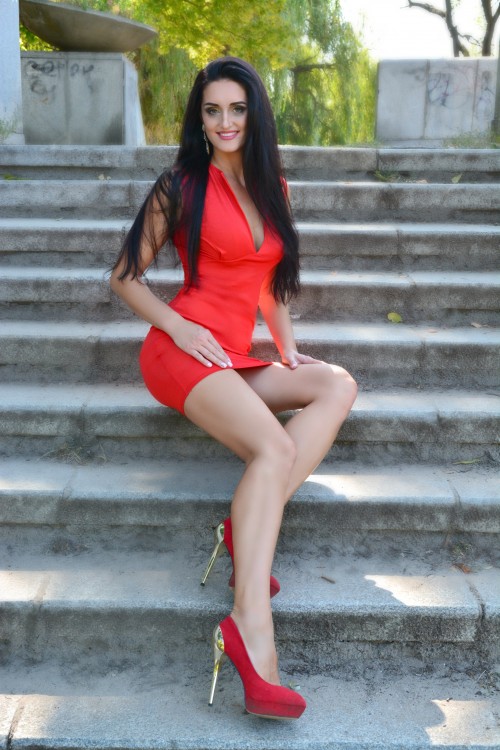Ukrainian traditionalist club
Brides club- Dating tips author

Whilst the country has often struggled to preserve its independence its people have managed to retain their cultural possessions and are proud of the considerable cultural legacy they have created. Numerous writers have contributed to the country’s rich literary history such ukrainian traditionalist club Taras Shevchenko and Ivan Franko.
Volhynia, both of which Ukrainians claim as their historical ancestors. Traditional peasant folk art, embroidery and vernacular architecture are critical to Ukrainian culture, and its elements have often been determined by the resources available at the time. The countries strong tradition of folk art and embroidery continues to this day, with Ukrainian embroidery often considered an art form in itself. Ukrainian customs are heavily influenced by the Eastern Orthodox Church and traditions from Slavic mythology. Whilst progressing into modernity, Ukraine remains a highly traditional country, where the observance of certain customs and practices play a central role in its culture.
Many significant Ukrainian holidays and events are based on the old Julian Calendar and so differ to their Gregorian counterparts, these include Christmas and New Years Eve, both of which are highly important in Ukrainian culture. Christmas icon, Adoration of the Shepherds, from the Ivan Honchar Museum collection. Traditional Ukrainian wedding celebrations have many rituals that involve music and dancing, drinking and eating, and crowds of people. The wedding consists of three separate parts that can last for days or even weeks. First there’s a betrothal, then a ceremony, followed by a big celebration.

This relative lack of respect is mainly caused by huge distrust for any kind of state governance and its related departments. Religion is practiced throughout the country. Eastern Orthodox Christianity and Eastern Catholicism and Roman Catholic are the three most widely practiced religions. Food is an important part to the Ukrainian culture. Special foods are used at Easter, as well as Christmas. An average Ukrainian diet consists of fish, cheese, and a variety of sausages.
Typically bread is a core part of every meal, and must be included for the meal to be “complete. During Christmas, for example, it is the tradition to have a twelve-course meal. Ukrainians often toast to good health, linger over their meal, and engage in lively conversation with family and friends. Ukrainian architecture reflects distinct features of that particular location and time period.
Design and architecture are influenced by the existing political and economic climate. Different regions in Ukraine have their own distinctive style of vernacular architecture, based on local traditions and the knowledge handed down through generations. On special occasions, every aspect of ordinary life is transformed into ornamental art form of artistic expression. Ornamentation and design motifs are steeped in symbolism, religious ritual and meaning. The iconic embroidered shirt or blouse, the vyshyvanka, is the most recognizable part of Ukrainian national costume, and even has its own public celebration in May. For men, traditional dress also includes kozhukh, kontusz, żupan and sharovary.
Artisan textile arts play an important role in Ukrainian culture, especially in Ukrainian wedding traditions. National dress is woven and highly decorated. Weaving with handmade looms is still practiced in the village of Krupove, situated in Rivne Oblast. The village is the birthplace of two famous personalities in the scene of national crafts fabrication. The Hopak is often popularly referred to as the “National Dance of Ukraine”. Traditional dances are popular within Ukraine, many of which derive from rural Cossack villages.
Russian brides club
Russian Brides
Dating Posts
- Russian fight club e 60
- Russian fight club 2018
- Russian club music 2016
- Russian dating Boston
- Russian brides Boston
- Russian dating in Los-Angeles CA
- Russian brides in United Kingdom
- Russian brides for marriage
- Russian fight club e 60
- Russian fight club 2018
- Russian club music 2016
- Russian comedy club 2017
- Russian club 2018
Recent Posts
Categories
Need Help?
Contact Us Toll-Free